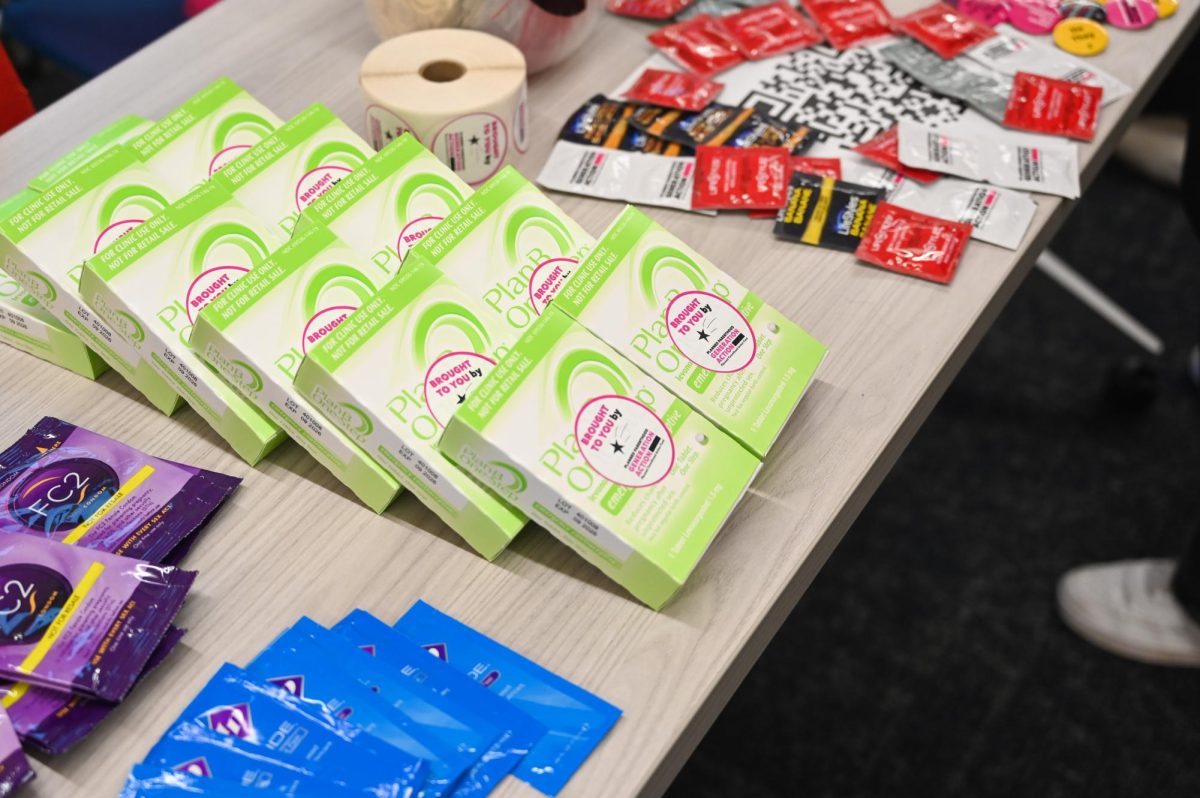Smoking is bad for you. It causes cancer, emphysema, ruins your skin and can cause gross black stuff to grow on your lungs. You shouldn’t do it. We get it. Yet people still choose to smoke, and many try unsuccessfully to quit. It’s a burden on the health system, but a heavenly source of tax income for the government. In many countries around the world, governments and legislators have banned smoking indoors, within so many feet of entryways, at public sporting events and in most public places. They have made it as challenging as possible for people to light up. In the latest bid to encourage smokers to give up the High Court of Australia has upheld the Government’s decision to ban branding of cigarettes being sold in the country.
From Dec. 1, 2012 all cigarettes—regardless of their manufacturer or brand—will be sold in olive green packaging plastered with alarming images of the impacts of smoking. And by plastered, I mean plastered. 75 percent of the packet’s front will carry disturbing images; flip it over and the back will greet you with 90 percent unpleasant viewing. The plain packaging is set to reduce the appeal of cigarettes to children and teenagers and deter adult smokers.
Big tobacco companies argued that the world’s first plain packaging laws amounted to an acquisition of their valuable trademarks without proper compensation. Tobacco companies want compensation? WHAT?! It’s not like they make enough money already for playing a part in providing people with the means to acquire serious health problems and ultimately die. In Australia, one person dies every 28 minutes due to smoking. In America, 430,000 deaths related to smoking and secondhand smoke exposure were recorded.
2009 figures from the Centers for Disease Control and Prevention show that smokers cost the US $96 billion a year in direct healthcare costs, and an additional $97 billion in lost productivity. The government bombards us with the toll smoking takes on the health care system, but the government controls the narrative. Do we ever hear both sides? No, because talking about the benefits of smokers is a little dark.
According to the CDC, smokers die some 10 years earlier than non-smokers. Those premature deaths provide savings to Medicare, social security, private pensions and other programs. For every pack of cigarettes smoked, the country reaps a net cost savings of 32 cents. Isn’t dying 10 years earlier a big reason to put the cigarettes down?
The plain packaging laws will impact children and teenagers who are brand-savvy the most. They want to be wearing the latest fashion, be seen with Apple products and are more likely to be influenced by advertising than their older counterparts. Teenagers go for what’s cool and hip. Take the allure of shiny packaging away from them and they might just be deterred from smoking a cancer stick. What teenager wants to pull out an olive green packet covered in disturbing pictures out of their handbag or back pocket?
Smoking is the largest preventable cause of death and disease. Smokers are slaves to a plant and they line the pockets of the government and tobacco companies with serious cash. Some U.S. states are contemplating similar laws to combat the tobacco epidemic. Will the plain packaging laws work? Is it just a waste of everyone’s time and money? Shouldn’t the government just let people choose if they want to smoke or not? All eyes will be on Australia to see if its first-of-a-kind laws will be successful and save a few lives.











